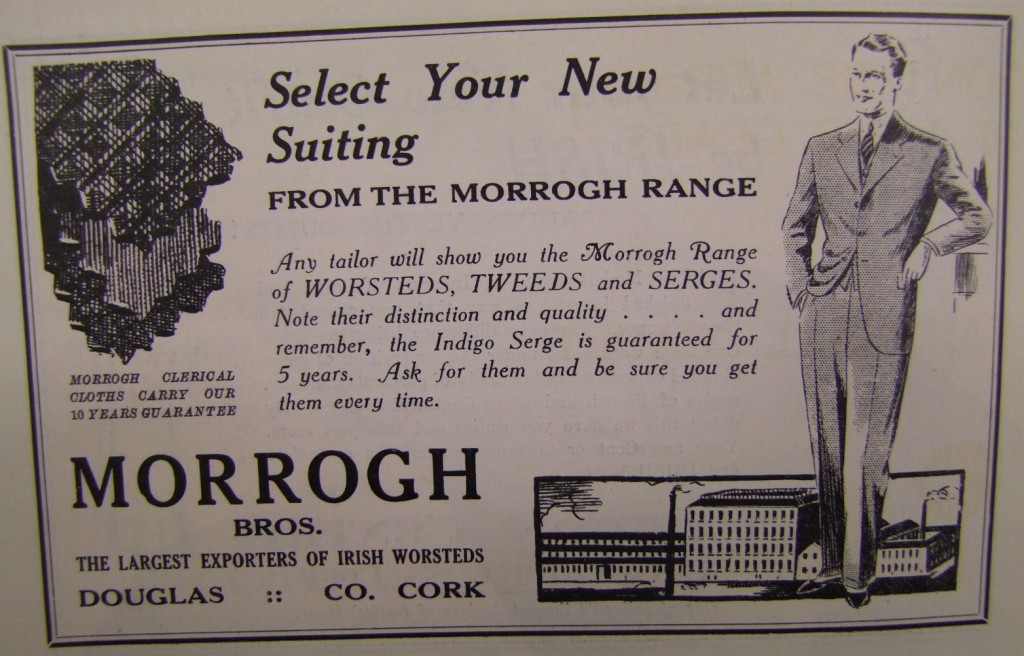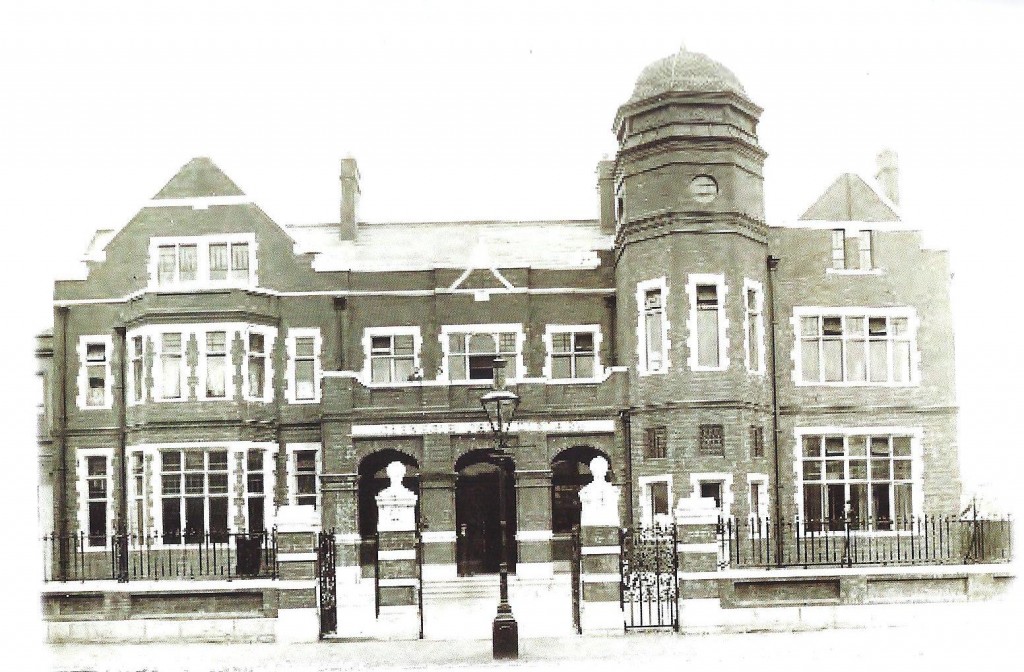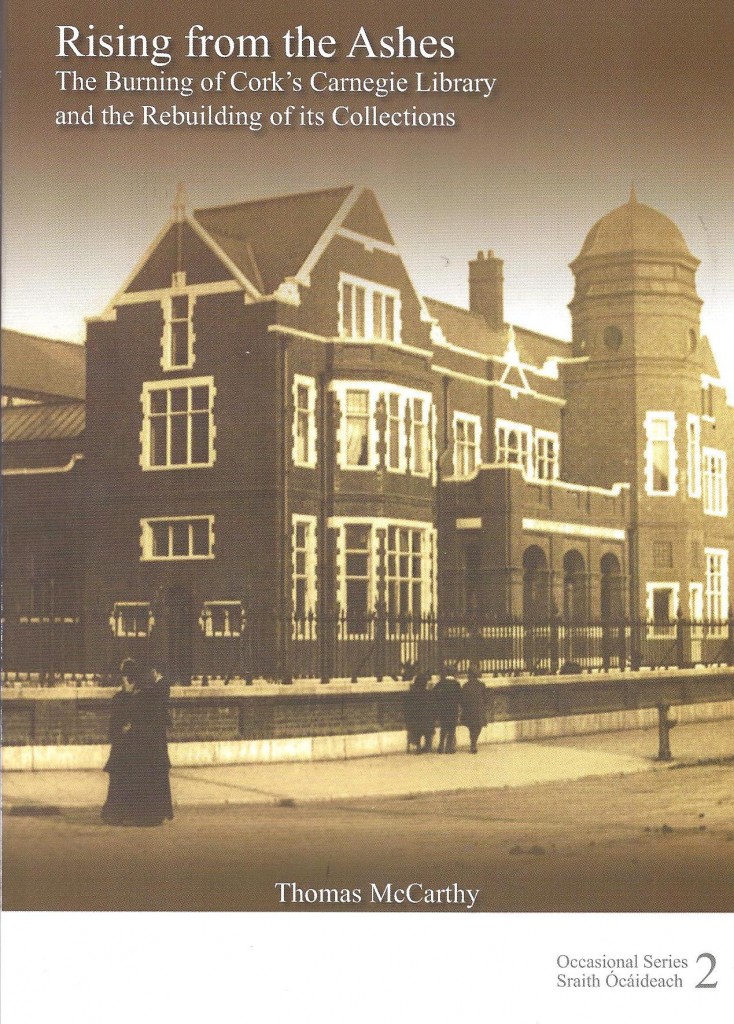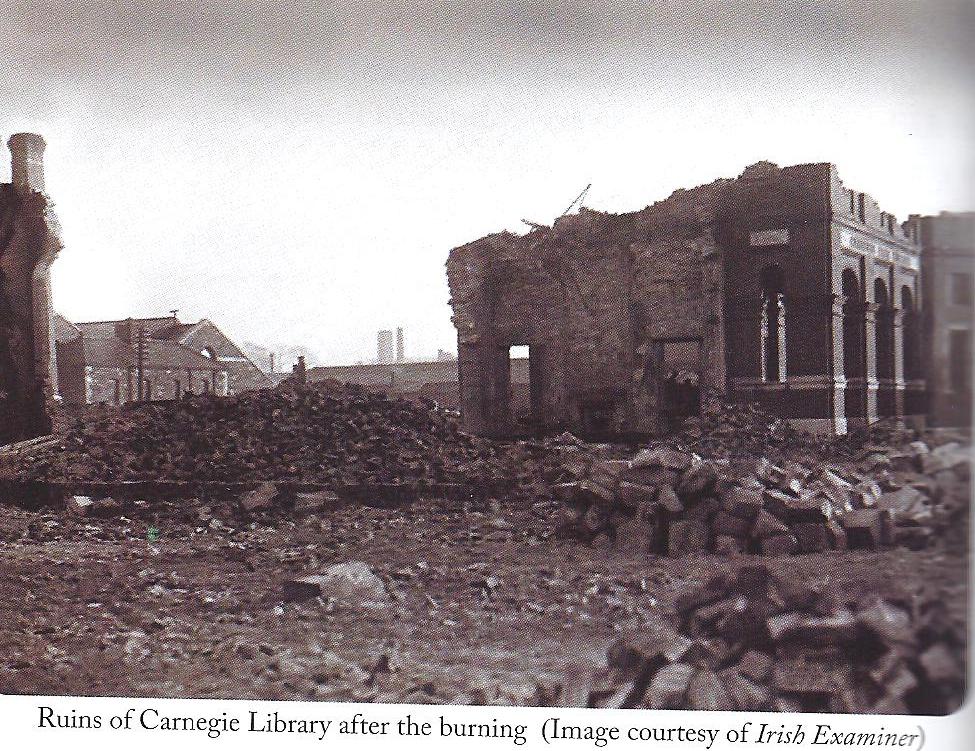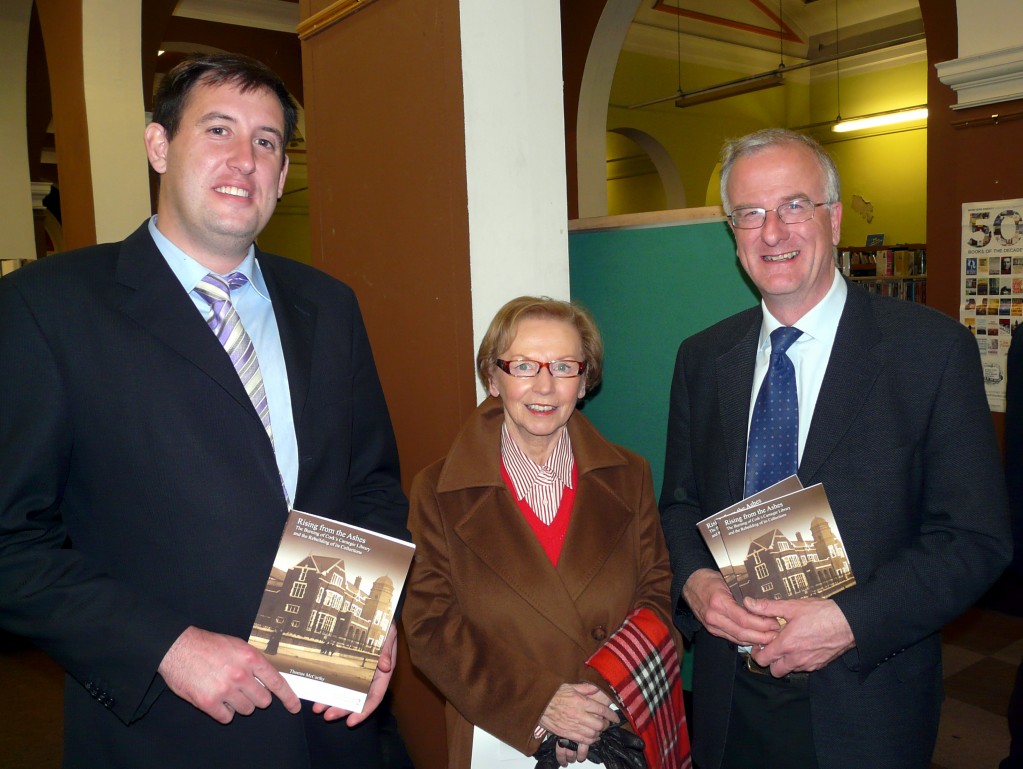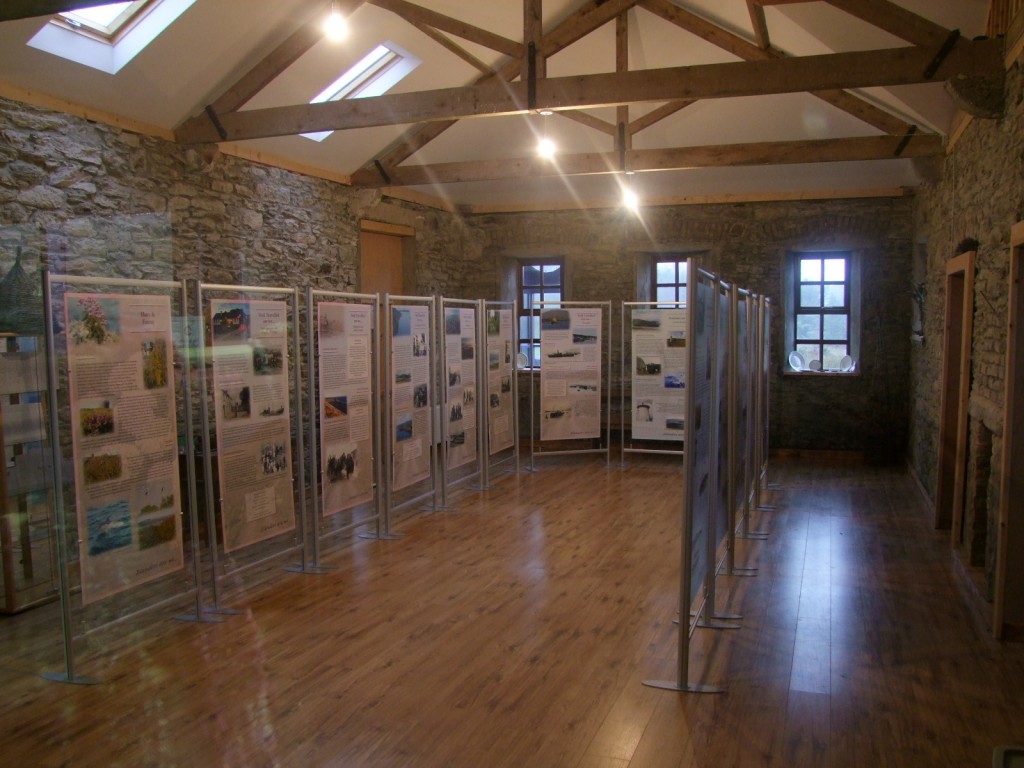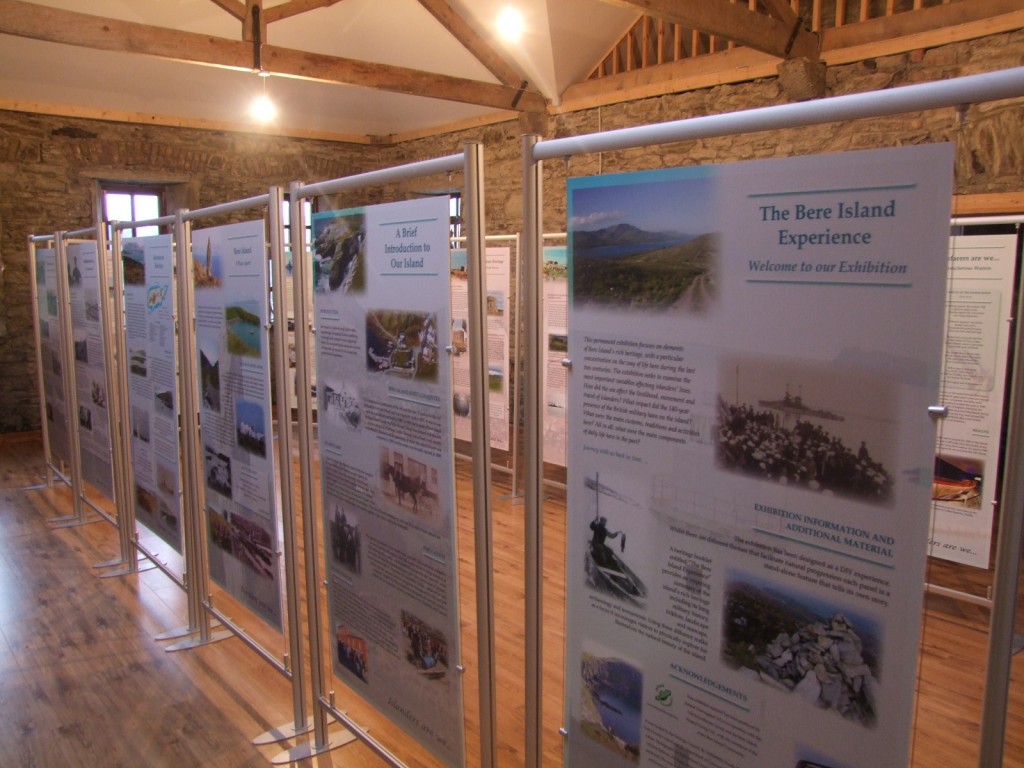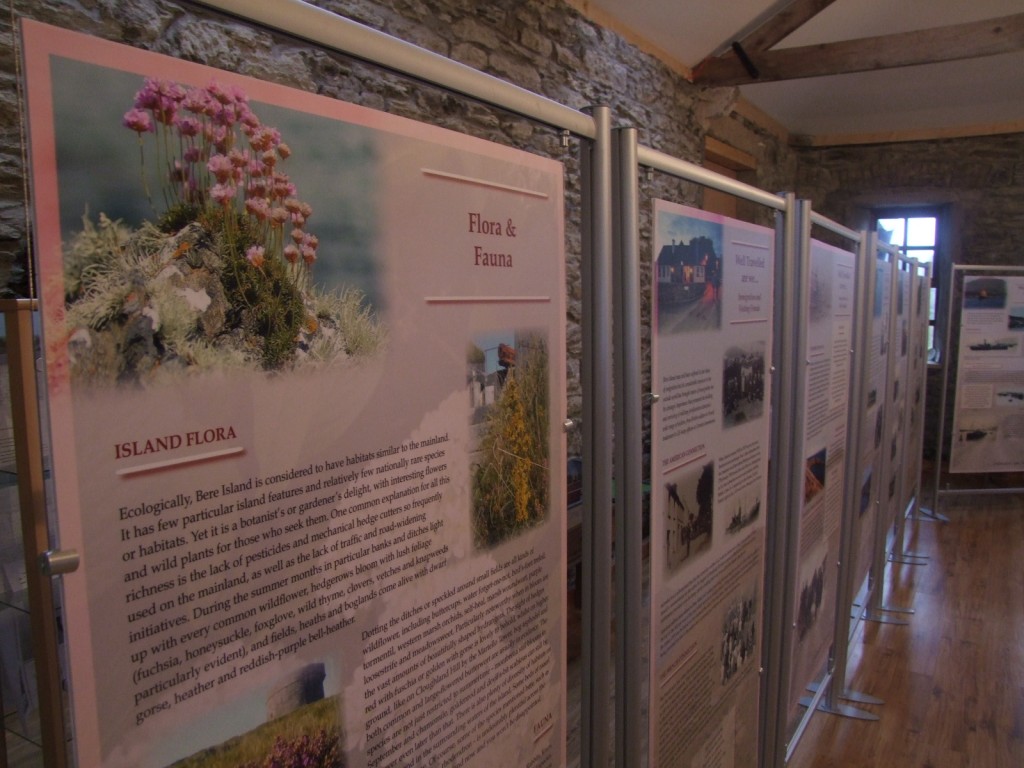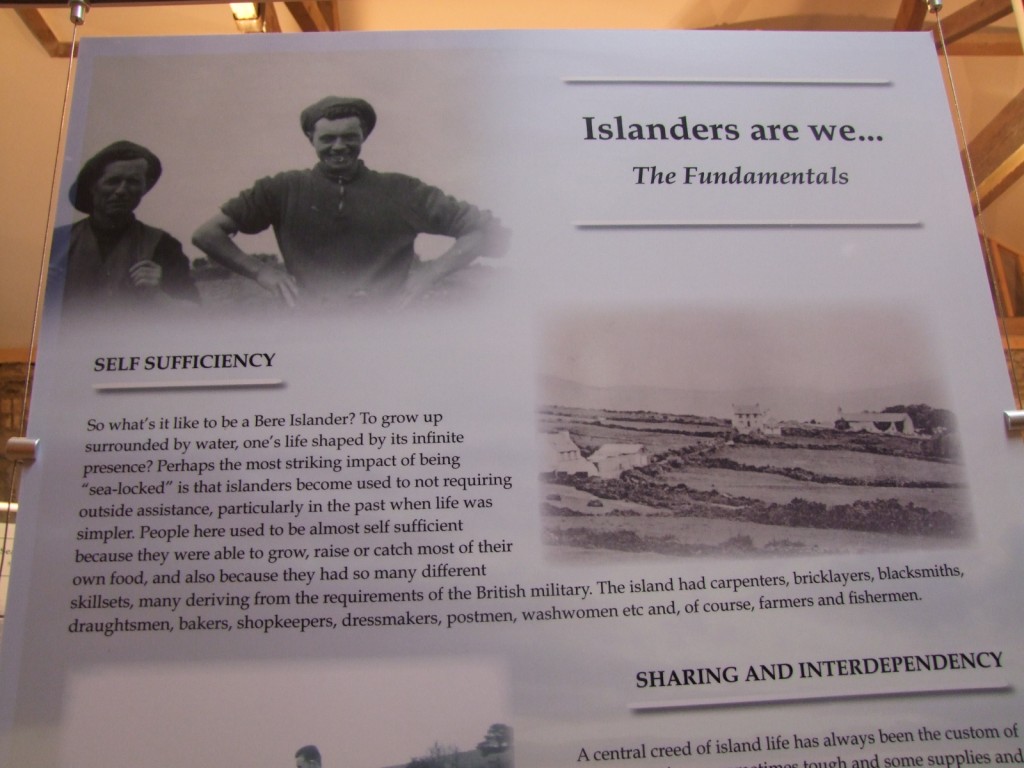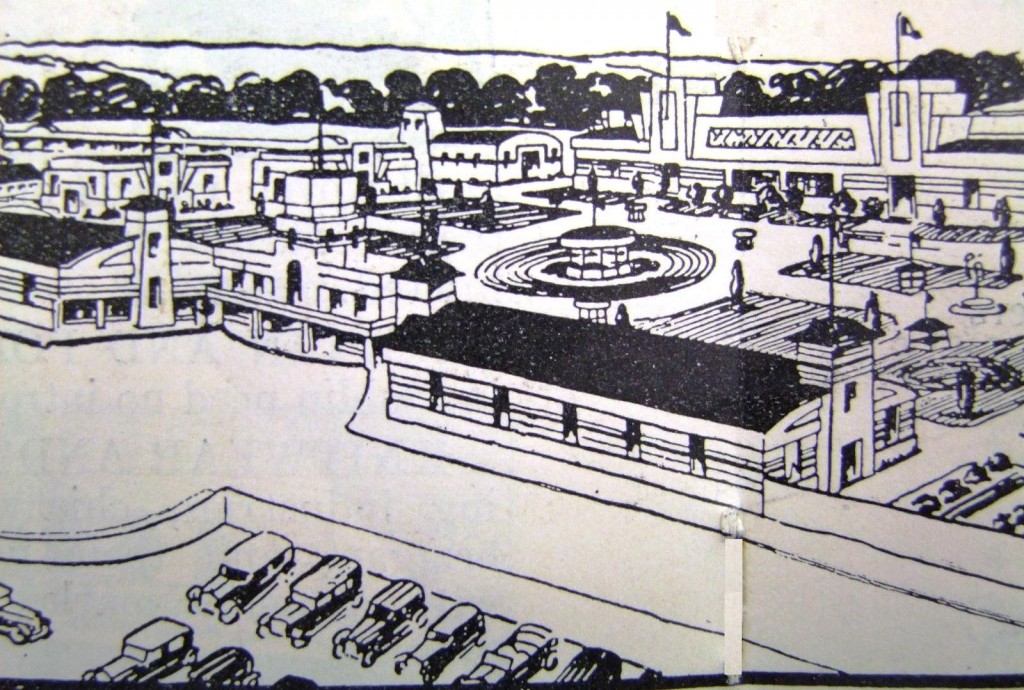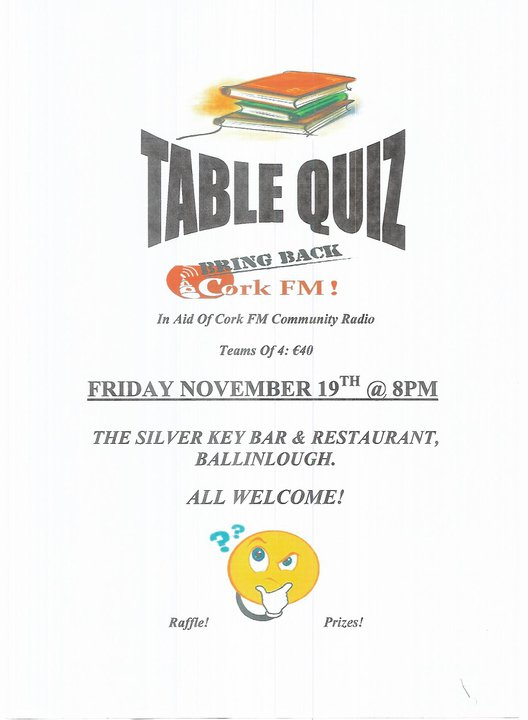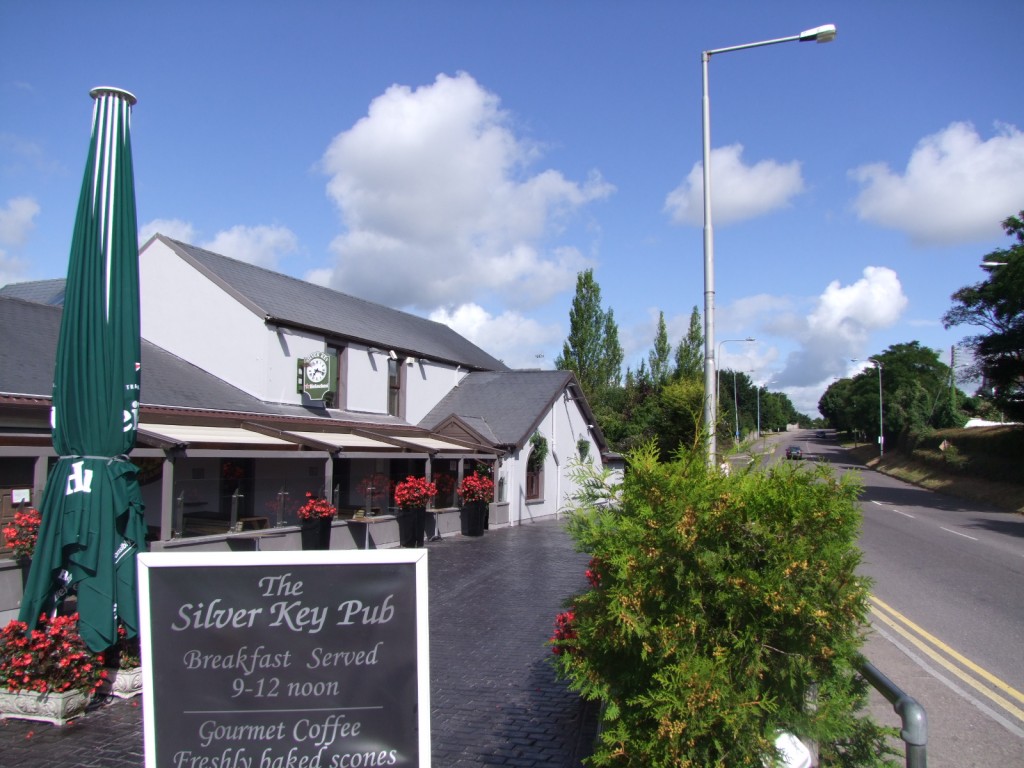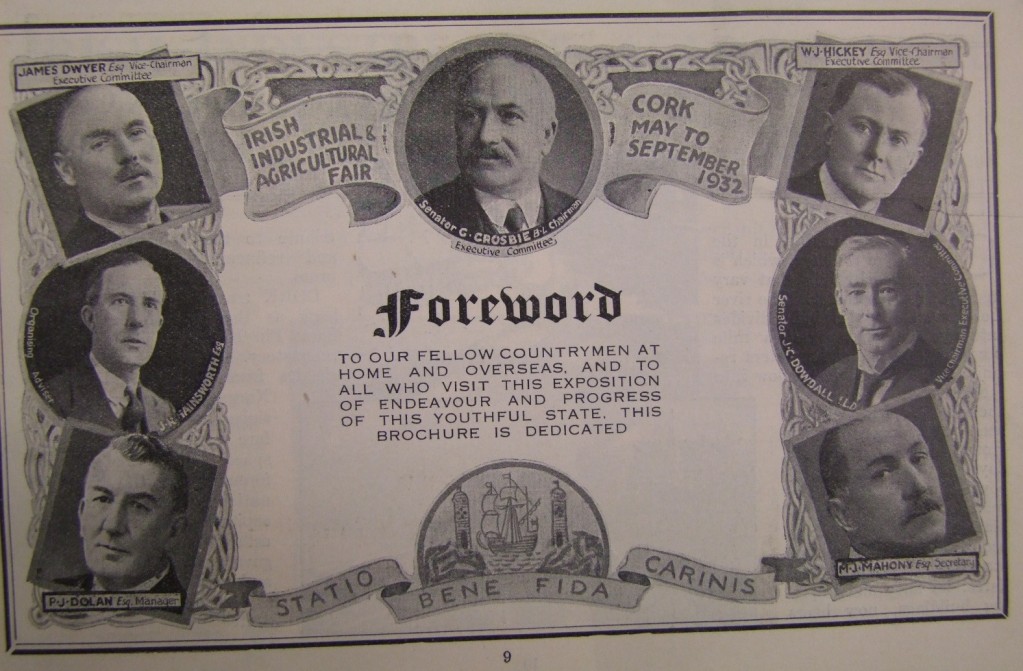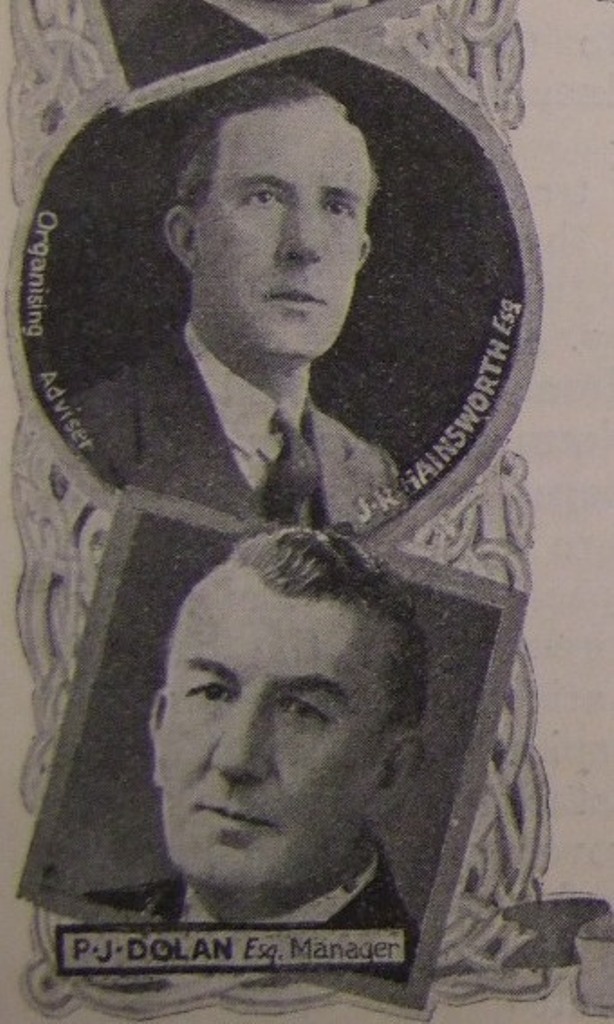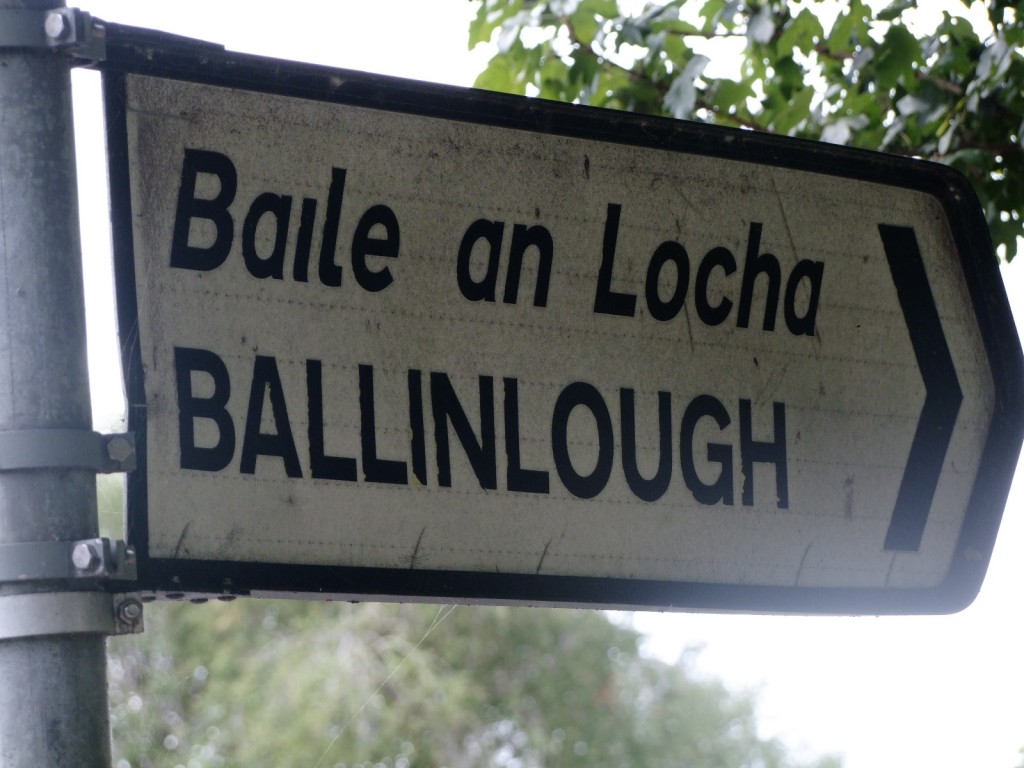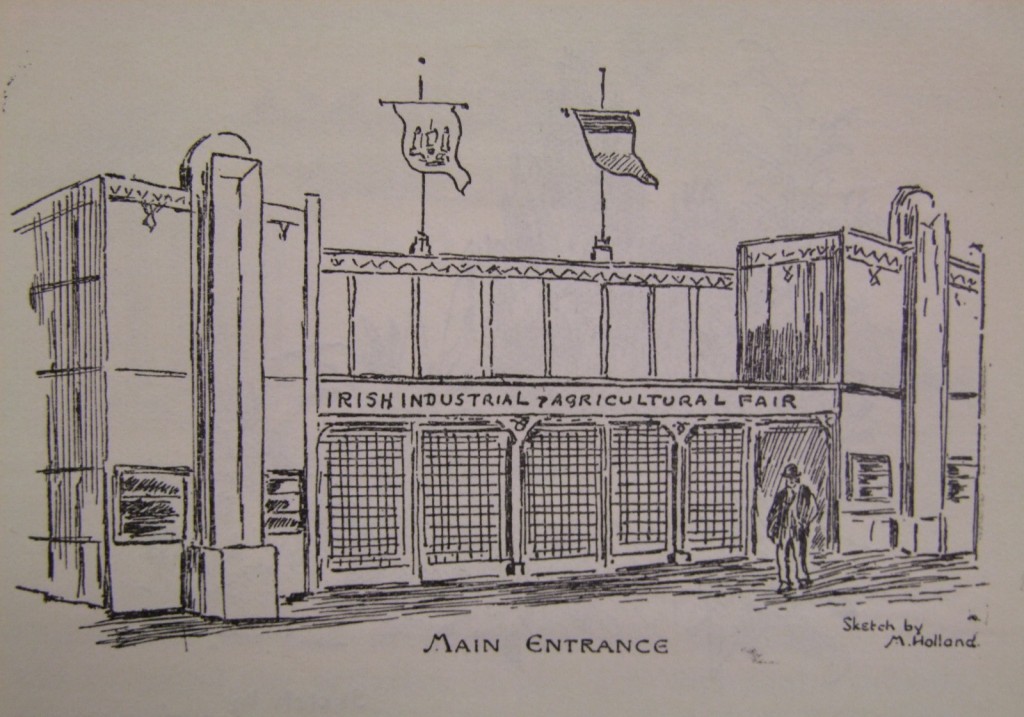
Kieran’s Our City, Our Town,
Cork Independent, 25 November 2010
In the Footsteps of St. Finbarre (Part 238)
The Palace of Industries
“The speeches at the opening ceremony were broadcast. Senator Crosbie then handed over the silver key to the Fair to Senator Connolly, which he in turn would hand to President DeValera. The closing portion of the ceremony was the hoisting of the tricolour on the flagstaff by Senator Connolly, the no.1 Army Band playing the National Anthem and all present standing to attention” (Thursday, 12 May 1932, Irish Examiner, p.9).
The central hall of the Irish Industrial and Agricultural Fair 1932, held on the Carrigrohane Straight, was the ‘Palace of Industries’. The companies listed as having stands are worth exploring as they flesh out further what the visitor engaged with and the overarching aims of the Fair in terms of promoting Irish manufactures. The Cork Examiner reported that immediately on the opening of the hall in which the stand of the City of Cork Steam packet Company was situated, a gentleman came along and booked passages on the M.V. Innisfallen for five of his English friends. The stand presented cross channel services to the public i.e. Cork to Fishguard, Dublin-Liverpool and Belfast-Liverpool. A working model displaying interior and exterior views of the M.V. Innisfallen were shown. The ship was built in Belfast, launched in 1930 and was the second ship to have the name. At the time the ship was the only motor passenger vessel running to South Wales and proved very popular. In December 1940, while outbound from Liverpool the ship struck a magnetic mine off shore near New Brighton and went down with the loss of 4 lives. Fortunately no passengers were killed and all 157 and the rest of the crew were rescued.
Moving along in the Palace of Industries, John Lane’s Distillery Dublin (stand number 2) was represented as was C. McCarthy and Sons of Emmett Place who specialised in modern bathroom and fittings. Walking further along, one met the Mountjoy Brewery from Dublin and John Jameson & Son Ltd from Dublin. Stand numbers eight and nine showed the products of the Cork Chemical and Drug Co. Ltd. Cook Street, Cork. The company had been founded in 1805 and was up to the early years of the twentieth century called William Harrington & Son. Paints, varnishes and distemper were on display and manufactured by Harrington’s and Goodlass Wall, Ltd., Shandon Paint Works, Cork illustrated the many high class specialities manufactured. At the stand also were various brushes made at Harrington’s Brush Factory, Cork.
Next up at stand numbers were 10 and 11 was the Munster Arcade, ‘Manufacturers and General Drapers’. The Munster Arcade was one of the principal department stores in Cork on St. Patrick’s Street. The elaborate building was designed by Robert Walker for Robertson Leslie Ferguson, following the following the destruction of this part of the city by fire in 1920. Now occupied by Penney’s, the building retains many interesting features, such as the ashlar limestone and carved limestone details. The Munster coat-of-arms can just be seen on the façade. For the 1932 Fair, it exhibited ‘Watt’s’ Fitted Wardrobes, ‘Nesta’ upholstered settees and divan chairs made in their own factory through arrangements with patentees. They also exhibited Irish linens, Irish made tweeds, cheviots and serges from what they deemed the “best mills in the Free State” – Mahony’s of Blarney, O’Brien Bros., Morrogh Bros. Douglas, Dripsey, Athlone and Kilkenny Mills and Round Tower Home Spuns. They also sold souvenirs of the Fair through Carrigaline Pottery, tea sets and vases.
Stand no. 12 displayed the work of McConnell’s Advertising Service, Dublin whilst Beamish and Crawford took stand no.13. Beamish displayed the casks made by the brewery workmen and malt made at the brewery. They also showed the hops used in the manufacture of its stout and mineral waters manufactured at the company’s premises in Bandon. Further along Dripsey Woollen Mills and Hadji Bey et Cie presented their goods. Hadji Bey’s shop and factory were located on McCurtain Street and was headed up by Harutun Batmazian. Originally from Armenia, Harutun in 1902 set up his stall at the Great Cork International Exhibition in the Mardyke making Turkish Delight. He quickly established a shop and factory which became a famous Cork landmark. Despite its small size, the reputation of Hadji Bey soon expanded beyond Cork and Ireland to some of the great department stores of the world.
The viewer in the Palace of Industries also encountered Booth and Fox from Lavitt’s Quay who presented various satin and silk quilts. Further along was Williams & Woods Ltd, Dublin who made marmalade, peels, jams, confectionary and chocolates. Liam Russell of the Fountain Bookshop of 50 Oliver Plunkett Street displayed books on Irish and English and displayed his school book stock. Stand no. 26 and 27 showed the products of the Bandon Milling and Electric Company of Coolfadda Mills in Bandon, Co. Cork. Their exhibits comprised samples of all oat products and also the ‘patent motor-driven oat shelling machine’. They also displayed textile samples of the woollen manufactures of Bantry Textiles Ltd., Bantry. Next door was a display by Castlecomer Collieries Ltd, Kilkenny and their graded anthracite coal, of which in 1932 they extracted 75,000 tons of coal for selling nationwide.
To be continued…
Captions:
567a. Sketch of entrance to Fair, from catalogue for Irish Industrial and Agricultural Fair, 1932 (source: Cork Museum)
567b. Advertisement for Morrogh’s Bros, Douglas, from the catalogue for the Irish Industrial and Agricultural Fair, 1932 (source: Cork Museum)
